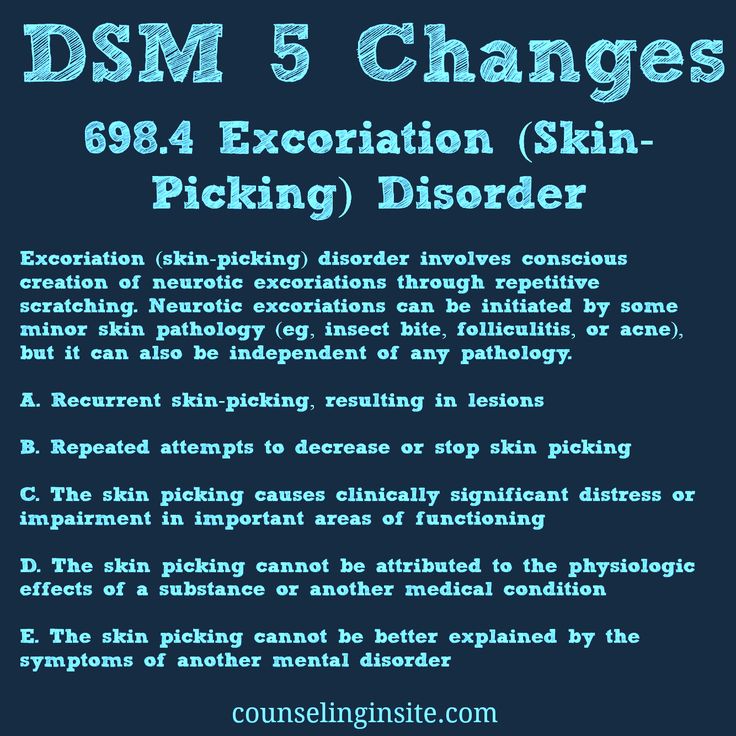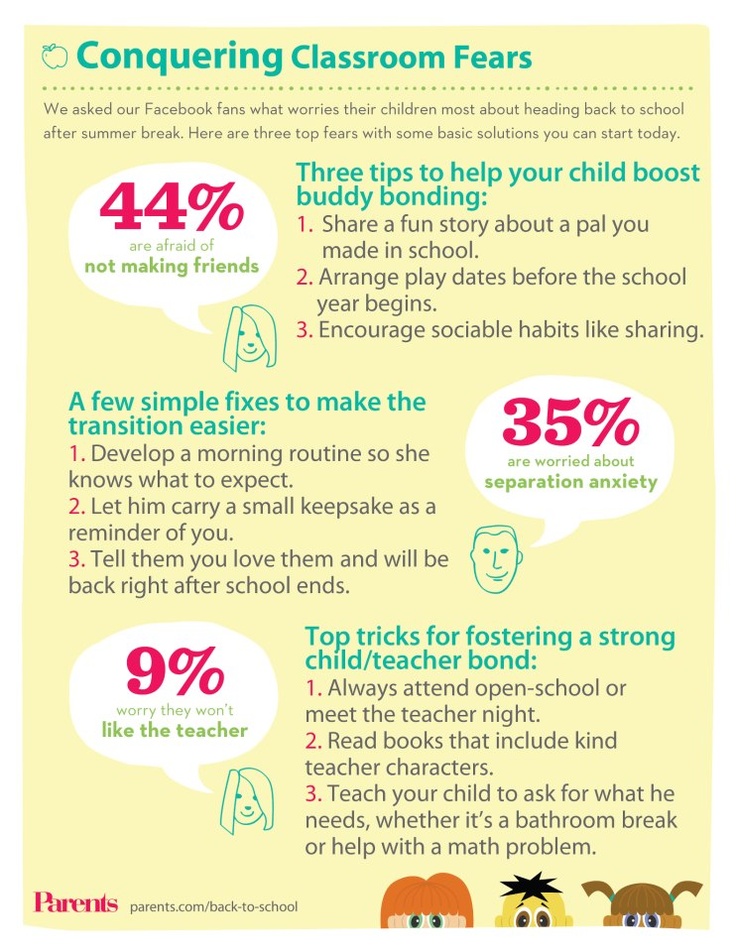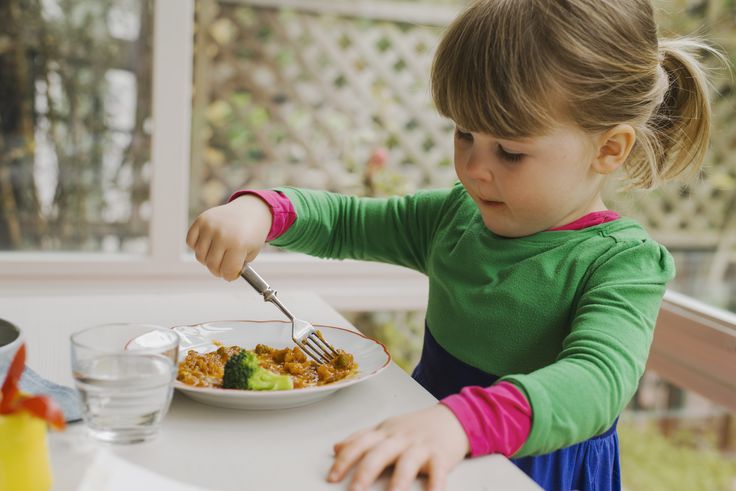How to help your child stop picking skin
What Is Excoriation, or Skin-Picking?
We’ve all heard suspenseful movies referred to as “nail-biters” and nearly all of us — kids, teens and adults — occasionally pick at a ragged hangnail or poke at a blemish too aggressively. Almost always, we end up regretting what we’ve done. But for some of us, picking at skin or cuticles becomes more than an occasional thing, and it can be very hard to stop, even when it becomes embarrassing. Clinicians call it a body-focused repetitive behavior or BFRB.
Skin picking, formally known as excoriation disorder, is the repetitive, habitual picking of skin anywhere on the body (though the most common areas are the face, hands, arms or legs). Excoriation disorder is not just a bad habit. This behavior is a compulsion — something we feel driven to do even when it has a negative impact on our lives — and is related to obsessive-compulsive disorder. It is common in people who have anxiety disorders.
Symptoms of excoriation disorderSkin picking is a “cousin” of trichotillomania, or hair pulling, which is another BFRB and which is also related to both OCD and anxiety. Both disorders can be thought of as unhealthy ways of coping with anxiety or other negative feelings, and the incidents of skin picking and hair pulling are often triggered by stressful situations. Excoriation can be challenging to treat because the child often relies on the picking to self-soothe or diffuse negative emotions. This repetitive habit is, however, embarrassing and disfiguring, and can lead to avoidance of social situations, which only leads to further distress and sometimes depression.
According to Jerry Bubrick, PhD, a clinical psychologist at the Child Mind Institute, skin picking is considered a disorder when:
- Recurrent skin picking results in scarring or other permanent damage
- The individual has made and failed at repeated attempts to stop the behavior
- The picking causes significant distress or impairment in the individual’s daily life
- Symptoms are not caused by medication or another medical condition
Skin picking tends to emerge at puberty and often parents see skin picking as just a bad habit — as if the adolescent could stop if she tried hard enough.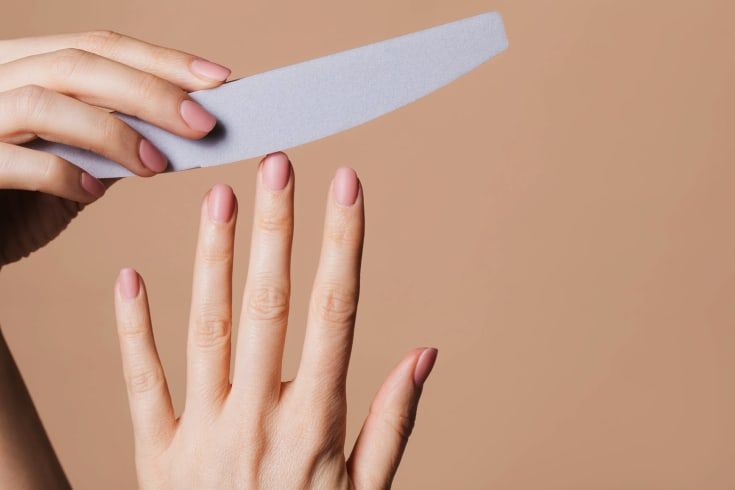 “That’s a lot like telling someone with cancer to just ‘get better’ or someone with depression to just ‘cheer up,’ ” says Dr. Bubrick. “There’s tremendous shame associated with skin picking because it results in scarring or other kinds of visible damage to the skin (particularly the face) that make the teen extremely self-conscious.”
“That’s a lot like telling someone with cancer to just ‘get better’ or someone with depression to just ‘cheer up,’ ” says Dr. Bubrick. “There’s tremendous shame associated with skin picking because it results in scarring or other kinds of visible damage to the skin (particularly the face) that make the teen extremely self-conscious.”
Though all skin picking results in visible damage and distress for the child who struggles with it, the picking itself can serve different purposes and it can be helpful to know why someone engages in the behavior in order to better treat it.
In what Dr. Bubrick calls “functional” skin picking, the behavior is a sort of compulsive perfectionism. The child perceives an imperfection in a particular area — a callus, rough cuticle, pimple, etc., and picks or scratches or squeezes it to get rid of it. The “functional” thinking, explains Dr. Bubrick, goes something like this: “My skin is smooth, but as I’m feeling my arm, I feel like I have this bump or this mosquito bite. So, I’m going to keep scratching at that, because I want that off. I want my skin to be smooth again. I’ll look at my fingernails, and I’ll see, oh, on the top of my pointer finger the cuticle is off. So, I’m going to pick at that and bite at that until it looks better.”
So, I’m going to keep scratching at that, because I want that off. I want my skin to be smooth again. I’ll look at my fingernails, and I’ll see, oh, on the top of my pointer finger the cuticle is off. So, I’m going to pick at that and bite at that until it looks better.”
But with skin picking disorder, it never does get better. In fact, the individual is likely to pick until the area is worn away and bleeding. Even that doesn’t always stop the behavior. The child continues to pick because it just doesn’t feel right and stops only when it hurts so much that they can’t continue.
Compulsive skin picking is done to self-soothe or deal with anxiety or other negative emotions. This behavior is very much like a kind of hair pulling. “It’s a way to tune out the world. It’s almost like a drug,” explains Dr. Bubrick. The same feeling might be dealt with by drinking or smoking. Like those behaviors, the skin picking is a bad coping strategy for dealing with stressors.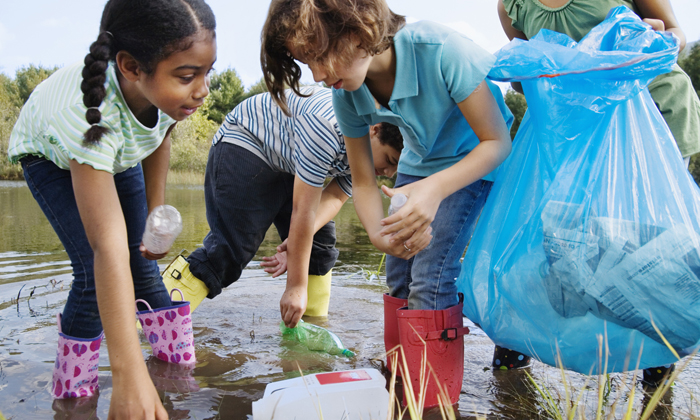
Some teens who struggle with skin picking engage in the functional type or the compulsive type, but they may also do both. Sometimes they are not even aware they are doing it and then find they’ve spent an hour in a kind of picking trance.
Diagnosing excoriation disorderIdentifying the signs of skin picking can be challenging for a number of reasons. For starters, most teens feel so much shame about the visible results of the behavior that they will try to hide them either by wearing band-aids or long sleeves or make-up. Also, teens rarely come into a psychiatrist’s office seeking help for skin picking alone. “A lot of times,” says Dr. Bubrick, “they’re here for anxiety or OCD, and that gets better and they’re like, ‘oh, can we also work on my skin picking, because it’s really bothering me.’”
But in most cases, kids don’t like to talk about skin picking, so unless the clinician asks about it directly, they won’t bring it up.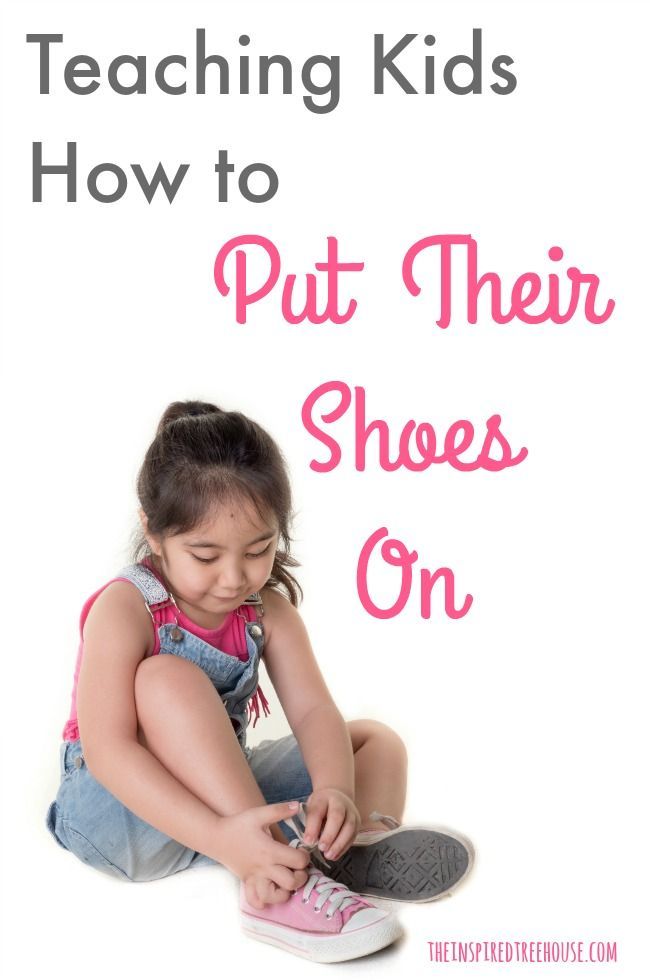 Sometimes kids just don’t see the problem as a big deal. Or it serves as a coping mechanism on which they are so dependent that they won’t want to draw attention to it.
Sometimes kids just don’t see the problem as a big deal. Or it serves as a coping mechanism on which they are so dependent that they won’t want to draw attention to it.
Success in treating skin picking depends largely on the teen’s desire to change and readiness to make a commitment to work on the problem. “If a kid comes in kicking and screaming, saying, ‘I’m fine. My parents just don’t like it that I bite my nails or I bite my cuticles,’ ” Dr. Bubrick says, “then treatment is going to be tough. But if a kid is coming in and saying, ‘It’s really causing me so much distress, I can’t wear short sleeves or I can’t wear shorts because of my scars or my fingers are bleeding all the time, or I feel self-conscious on a date because my fingers are down to a nub.’ Then treatment’s easier.”
Insight, motivation and readiness for change are key variables clinicians look for when starting to treat the disorder.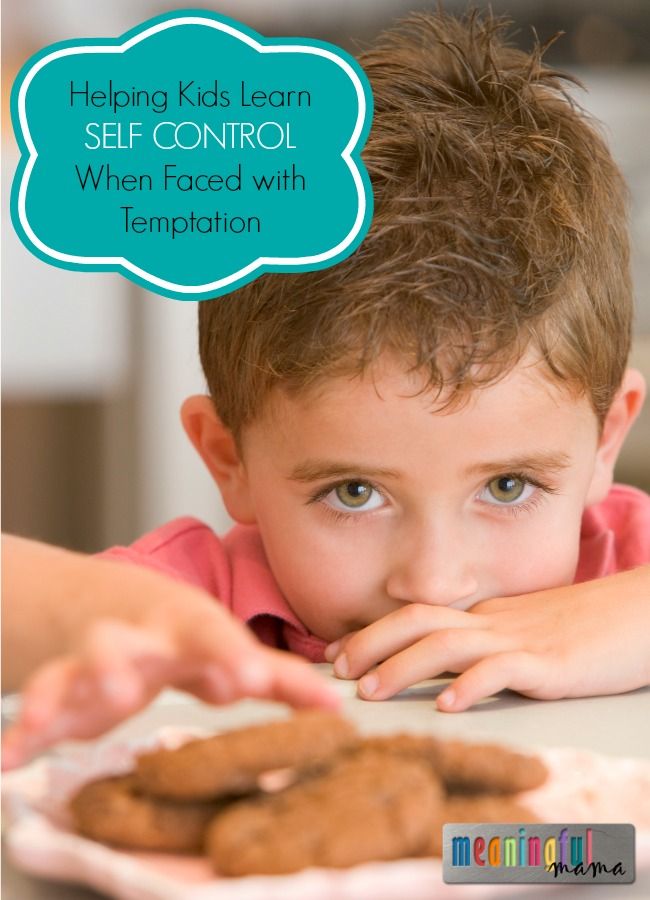 Treatment can consist of a number of different approaches, or combinations of approaches:
Treatment can consist of a number of different approaches, or combinations of approaches:
- Putting a barrier in place: Even something simple like a band-aid can be a starting point to deter picking. Or kids might paint on Liquid Bandage so that they have something to peel off without the behavior causing damage. This approach is what is referred to in OCD terminology as “response prevention.” Response prevention gives the child something else to focus on — the band-aid — when they are tempted to pick. “It gives them a little extra moment to think before they act,” says Dr. Bubrick. It may help, but Dr. Bubrick says this approach is usually not enough eliminate the behavior.
- Cognitive behavior therapy, or CBT: CBT is the most successful treatment for skin picking. CBT covers a broad range of modalities, but it mostly comes down to teaching the child more effective ways of dealing with the stress or anxiety that is triggering the picking instead of biting — finding similar behaviors to replace the damaging ones.
 For example, Dr. Bubrick says he might say to a patient, “Well, biting is one way of dealing with a stressor. Let’s think about two others, that maybe are less damaging to your body, but still allow you to deal with the stressor.”
For example, Dr. Bubrick says he might say to a patient, “Well, biting is one way of dealing with a stressor. Let’s think about two others, that maybe are less damaging to your body, but still allow you to deal with the stressor.” - NAC (N-acytel-cystine): Nac is an over-the-counter supplement which has shown variable results in the treatment of skin picking and other body focused repetitive behaviors. Some people do well on it, while others have minimal response. The upside is that there is no harm in trying it and it has no side effects.
- Antidepressants: The class of antidepressants called SSRIs (selective serotonin reuptake inhibitors) can be effective in treating related anxiety or depression, which may be triggering or exacerbating the skin picking behaviors. So decreasing that anxiety or depression may indirectly have a positive effect on the picking.
- Acceptance and Commitment Therapy (ACT): ACT combines techniques from CBT and mindfulness as a way of accepting emotion instead of attempting to get rid of it through coping mechanisms like skin picking.
 It focuses on the idea that difficult things are going to happen to which the child is going to have a negative response. The child is asked to commit to feeling those things without doing something to hurt themselves, such as skin picking. The goal is to learn “that I can feel negative emotions, and I don’t have to injure myself because I feel them. I can just feel them.” It’s a matter of becoming more at peace with the thoughts and the feelings, rather than feeling desperate to get rid of them.
It focuses on the idea that difficult things are going to happen to which the child is going to have a negative response. The child is asked to commit to feeling those things without doing something to hurt themselves, such as skin picking. The goal is to learn “that I can feel negative emotions, and I don’t have to injure myself because I feel them. I can just feel them.” It’s a matter of becoming more at peace with the thoughts and the feelings, rather than feeling desperate to get rid of them.
Dr Bubrick says that treatment for excoriation can be tricky, but if the child is truly committed to changing their behavior, the dysfunctional coping can be overcome. “Typically, they come in ashamed and embarrassed about the picking,” he says, “but the ones who engage the treatment and follow recommendations, even if they think it won’t work in the beginning, tend to do really well over time.”
How to Help Kids Who Pick Their Skin, Scabs
My daughter, Natalie, who has attention deficit hyperactivity disorder (ADHD), seemed to buzz with anxiety one morning last week. She woke up at 5:30. She was too nervous to eat. And she picked and squeezed her skin and made herself bleed in at least four or five spots. I couldn’t keep the Band-Aids coming fast enough! Why was she so anxious that particular day? Her fourth-grade class was going to be taking a field trip.
She woke up at 5:30. She was too nervous to eat. And she picked and squeezed her skin and made herself bleed in at least four or five spots. I couldn’t keep the Band-Aids coming fast enough! Why was she so anxious that particular day? Her fourth-grade class was going to be taking a field trip.
Having a change in her routine that major would have been enough to cause a noticeable change in Nat’s behavior, but anticipation of this particular trip was also fraught with social anxiety.
Unlike our family’s previous encounters with skin picking, this day Natalie was able to talk about the thoughts and feelings that were dominating her brain and behavior that morning. She explained that the teachers had divided the kids up into groups who would travel together on the day of the field trip, with each group assigned to a teacher or principal. Natalie and Lydia, an on-again, off-again friend of hers, were assigned to the same group. Natalie anticipated that Lydia would ignore her, whisper about her to the other girls, and generally make her life miserable. I thought she was probably right.
I thought she was probably right.
I gave her positive statements to repeat to replace her negative thoughts, and, bless her heart, she sincerely tried to utilize this coping skill, even taking my suggestions and building on them.
When I offered, “I always feel safe with Mrs. McCasland. Mom trusts Mrs. McCasland to take good care of me today.”
[Pick and Rip]
She repeated my words and added, “Mrs. McCasland truly cares about me. She will give me hugs when I need them.”
When I offered, “I can’t control how Lydia acts today, but I can control myself. If she is with other friends, I’ll remind myself that she still likes me too; she just likes to spend time with other friends once in a while, and I’ll walk with my other friends, like Savannah, Will, or Mrs. McCasland.”
Natalie replied, “Yeah, or anybody.”
When I dropped Natalie off at school, I texted Mrs. McCasland to give her a heads up that Nat wasn’t just nervous about the field trip itself but that the social dynamics were her biggest concern. Then I sat down and turned on my computer and decided to reread my recent blog post about Natalie’s problem with skin picking and how anxiety is one of the triggers behind this behavior.
Then I sat down and turned on my computer and decided to reread my recent blog post about Natalie’s problem with skin picking and how anxiety is one of the triggers behind this behavior.
How right I am about that, I thought. And though in this case being right doesn’t bring me pleasure, confirming that my instincts were spot-on at least gives me tools — it helps me know how to help Natalie. It’s a small consolation, but I’ll take it!
[Free Friendship Guide for Kids with ADHD]
Natalie ended up having a great day. She was able to watch an IMAX movie about tornadoes all the way through, a huge accomplishment given her tendency toward sensory overstimulation. And the kids didn’t pair up very much; they moved through the displays as a group, so Natalie’s tender feelings weren’t hurt.
Extra stress or no extra stress, Nat’s picking habit pervades most of our days. A few mornings later, we were seconds from leaving for school when I turned to see Natalie squeezing blood from a spot on her arm.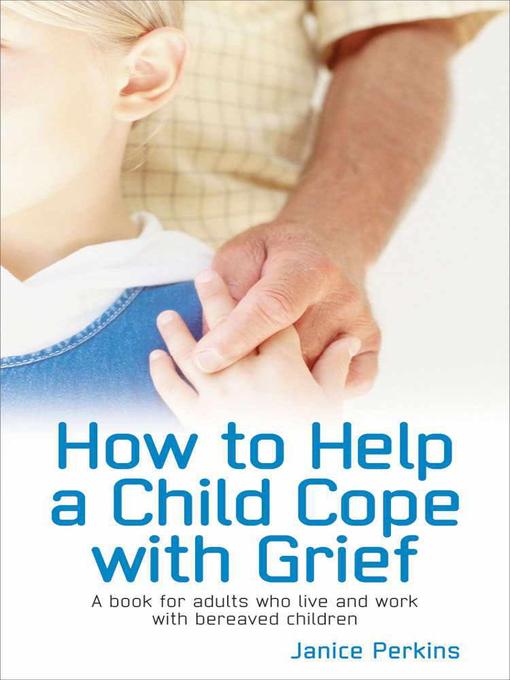 I dashed into the bathroom for a Band-Aid.
I dashed into the bathroom for a Band-Aid.
“Mom,” said Natalie, “I think I have the chicken pox. No! I have the pickin’ pox!”
And off we went to begin another day.
Does your child with ADHD have a chronic case of the pickin’ pox? In my earlier post, I shared a tip from our psychologist about using ice to provide strong sensory input as a diversion from picking. I recently heard two other suggestions: Put safe, non-harmful glue on the child’s skin, let it dry, and then allow the child to pick the dried glue off — a safe way to provide the sensation of picking skin. A thick coat of henna, used for henna tattoos, left to dry overnight, is purported to work too. Please share your tricks and tips for dealing with skin and scab picking.
[Is Her ADHD Medication Making My Daughter Pick at Her Skin?]
Previous Article Next Article
90,000 how to overcome bad habits in a child.
The most common of these bad habits is when a child bites his nails, or constantly pulls his hair, pulls it out, or chews on pens and pencils. It is quite a natural question of parents in such cases - is it possible to teach a child to control his actions? First of all, you need to ask yourself the question - when exactly did you notice that a certain action had already become a habit of your child?
The habit of biting pencils, pens, other hard objects, biting fingernails - all this can be observed when the child is anxious and does not feel self-confident. Perhaps the emergence of bad habits coincides with the beginning of schooling. Then this indicates that the child is having difficulty in school. He is afraid to give the wrong answer, is in great tension when he is asked. Maybe the pace at which he is forced to do his homework is too fast, and he needs to complete the tasks in small parts, study with more frequent breaks.
What can parents do for a child with bad habits?
1) It is important to reassure the child and say that you can overcome difficulties. With parents, he should relax, and not experience the same tension as at school.
2) First make sure that the child has mastered the current material, show him his progress. Support, encourage, praise him. Your job is to make your child feel confident.
3) Parents should not require their child to “stop immediately” engaging in unwanted activities. This can only provoke a nervous breakdown in a child, the appearance of tics. Almost all bad habits pursue one goal - the removal of high psycho-emotional stress.
4) Most children of six years of age go through the 'nail biting' stage. By drawing the attention of the child to this, you yourself are creating a problem out of behavior that can be transient.
5) If, despite your support, the child's behavior does not change, you should contact a child psychologist and neurologist.
As for the bad habits with which one seeks help from a doctor, namely sucking a finger, tongue, lips, tissues (collar, pajama sleeve, corner of a duvet cover, pillowcase, etc.), twirling hair, shaking the head from the side to the side or beating it against the pillow before falling asleep and in a dream, masturbation, then the causes and mechanisms of their occurrence are more complex. Most often, the above habits occur in a child who was raised from infancy harshly, in a hypersocial type or in a rejection type. He was left alone in bed for a long time. He was weaned early from his mother's breast, but he was also denied a nipple. They rarely picked him up, did not rock him, when he could not fall asleep, he was given little attention, caresses. And all this is the reason for the emergence of bad habits. Quite often, bad habits arise in children in connection with an anxious and suspicious upbringing.
A child forgotten in the cradle, feeling a lack of impressions, care, affection, and in connection with this experiencing boredom or fear, seeks compensation, soothing, distraction in the actions available to him, for example, sucks his finger or pulls his hair, ear, lip, nose , picks the navel, manipulates the external genitalia. Gradually, this action is fixed. At first, he resorts to such actions, since his mother is absent. Now the alarmed mother is with him, but he is no longer interested in her. He is busy with himself.
Gradually, this action is fixed. At first, he resorts to such actions, since his mother is absent. Now the alarmed mother is with him, but he is no longer interested in her. He is busy with himself.
Major reorientation in progress. Naturally, the child strives for a constant influx of impressions, stimulation from the outside of what contributes to his development. If a mother is nearby, he is satisfied, calm and receives everything he needs - from comfort and affection to developing incentives. But she was gone, and life went on. And he, as it were, returned to the intrauterine state. He consoles and calms himself and seeks sources of impressions in himself, closes in on himself. Now he is used to being alone and his mother, interfering, only hinders him.
Sucking a finger or clothes, picking the navel and other similar actions distract the child from the process of cognition, threaten developmental delay, infantilization. There is a bad habit.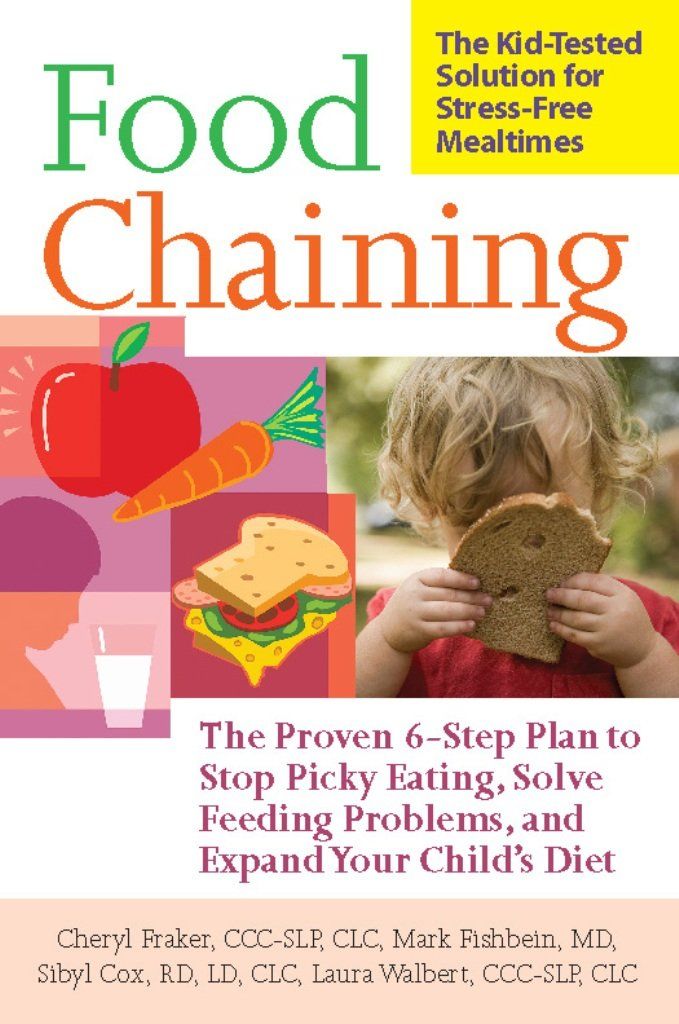 It becomes a necessary ritual of self-soothing, distraction from fears, compensation for the lack of attention, affection, communication. A bad habit as a ritual comforts during the day, calms when falling asleep. Biting nails, lips, cheeks, skin on the fingers is also an expression of deep self-doubt, feelings of guilt, as well as a ritual of self-punishment associated with all this. The child gnaws himself until he bleeds and only then is he satisfied. A child is not punished for a bad habit. He is not to blame for her. Punishment only exacerbates the situation. The kid will begin to resort to a bad habit to console himself after punishment, and becomes even more withdrawn into himself.
It becomes a necessary ritual of self-soothing, distraction from fears, compensation for the lack of attention, affection, communication. A bad habit as a ritual comforts during the day, calms when falling asleep. Biting nails, lips, cheeks, skin on the fingers is also an expression of deep self-doubt, feelings of guilt, as well as a ritual of self-punishment associated with all this. The child gnaws himself until he bleeds and only then is he satisfied. A child is not punished for a bad habit. He is not to blame for her. Punishment only exacerbates the situation. The kid will begin to resort to a bad habit to console himself after punishment, and becomes even more withdrawn into himself.
A bad habit is eliminated patiently, spending as much time on overcoming it as it was fixed. It began with a lack of attention to the child, and now your attention is especially needed to eliminate it. The child closed up, went into himself - his parents are with him, he is carried away by interesting games, activities.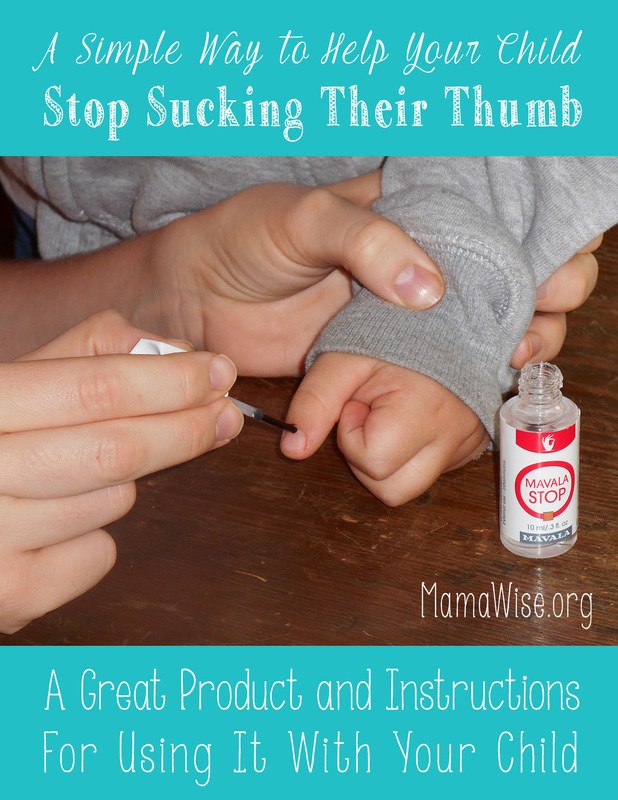 It focuses on playing with children as much as possible. If he is alone, then he must be busy with something. He should not have time for a bad habit. The struggle with a bad habit is always a struggle with self-doubt, anxiety, pessimism.
It focuses on playing with children as much as possible. If he is alone, then he must be busy with something. He should not have time for a bad habit. The struggle with a bad habit is always a struggle with self-doubt, anxiety, pessimism.
Medical psychologist of the Regional Children's Hospital Yakovleva N.E.
What to do with the child's annoying habits?
Now he bites his nails, then he picks his nose - all this is both ugly and harmful, and causes our irritation. How to wean a child from bad habits without stress?
Get your finger out of your mouth!
Many children have habits that can greatly annoy their parents. Here are the most common ones: biting your nails, twisting your hair, picking your nose, sucking your fingers (or keeping them in your mouth). Except in some cases where such habits become compulsive, they are usually just a part of the normal developmental process and not a cause for concern.
What is a habit?
A habit is a repetitive pattern of behavior that a child is usually not even aware of.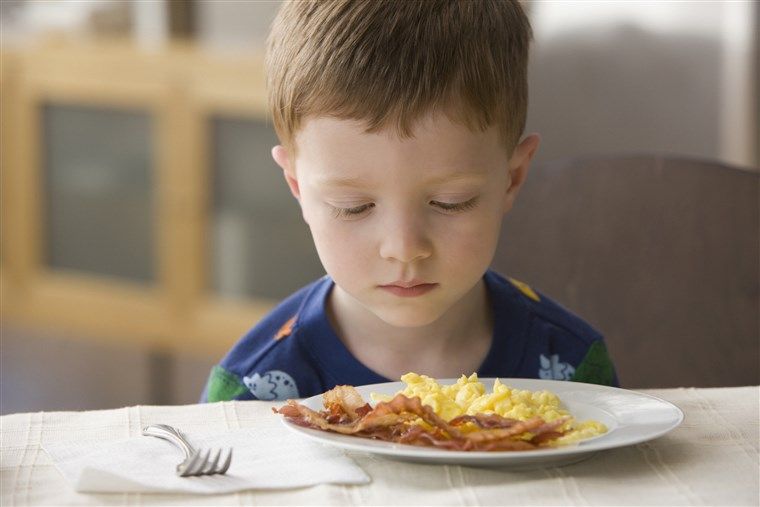 Often, children may have several of these habits (and you have even more anxiety) - for example, one hand in the mouth, while the second twists a lock of hair.
Often, children may have several of these habits (and you have even more anxiety) - for example, one hand in the mouth, while the second twists a lock of hair.
Nail biting
Biting or biting nails is one of the most common childhood habits. On average, 30% to 60% of children and adolescents bite one or more nails. Boys and girls are usually equally prone to this habit in their earlier years, but there are already more boys among nail-biting teenagers.
Curling hair
And here, most of the children who like to twist, sort through or pull themselves by strands of hair are girls. Twisting hair can appear in early childhood and often goes away on its own (and sometimes a haircut just helps). But for kids who start pulling their hair in their older or teen years, the habit is harder to break and can be a sign of anxiety, depression, or obsessive-compulsive disorder (OCD).
Nose picking
It seems that nose picking is not only a childhood habit, it is also common among adults. This is a true fact: a study showed that 91% of adults regularly examine their noses.
This is a true fact: a study showed that 91% of adults regularly examine their noses.
Thumb sucking
It is believed that children prefer to suck on their thumbs, as this movement reminds them of the prenatal and infancy period. Some children also suck on their fingers, hands, or the entire fist in addition to or instead of their thumbs. This is done more often by children under the age of two, a little less often - from 2 to 4 years: to calm down, in difficult or stressful situations, or to relax and fall asleep. But if frequent or intense thumb sucking continues after 4 years, it can cause bite problems.
Why do bad habits develop?
Experts are not always sure what exactly causes this or that habit, but it is already known what gives this behavior to a child. Such activities can be just plain entertainment for a bored child or, more often, a habitual coping mechanism for anxiety. Try to remember if recently in the life of a child who bites his nails, stress, strong tension, a change in the usual environment? If so, then this behavior may be an attempt to relieve this tension.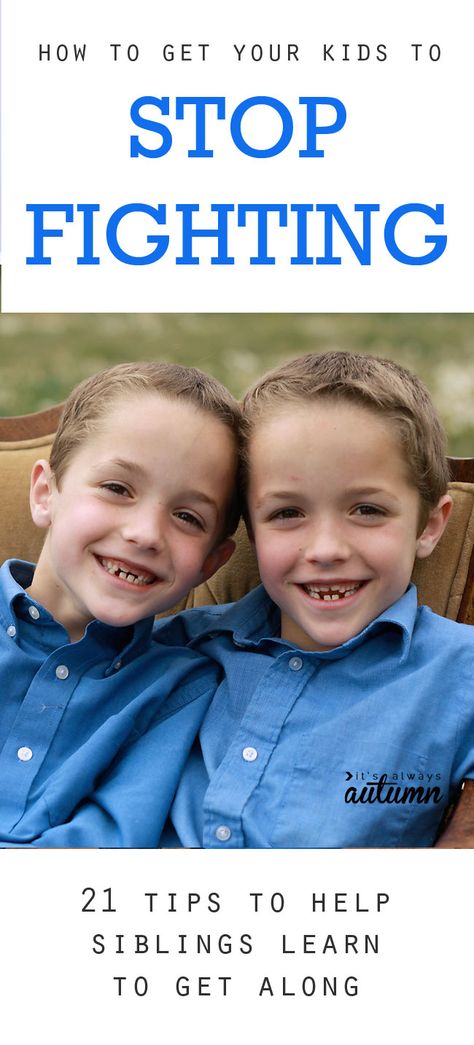 On the other hand, for some children, such actions appear in a relaxed state, for example, before bedtime or when you read to them.
On the other hand, for some children, such actions appear in a relaxed state, for example, before bedtime or when you read to them.
Some habits may be left from infancy. In infants, thumb sucking is a common self-soothing behavior that evokes pleasant associations with feeding and ending hunger. So it may remain in childhood because of its positive associations.
Or perhaps the explanation for your child's nail biting is in your mirror. Do you bite your nails? Research shows that nail biting may have a strong hereditary or genetic component.
Other children develop habits of attracting or manipulating their parents. If children feel ignored by their parents, they may develop an annoying habit because they know that mom or dad will react to it.
How to deal with your child's habits
The good news is that most habits disappear, usually by the time the child reaches school age, because the child no longer needs them or outgrows them.
How can I help my child get rid of bad habits?
- Calmly point out what you don't like about his behavior and why. This approach can be used with children aged 3-4: explanations are already important to them, they are ready to accept them. Say something like this: “I don’t like it when you bite your nails. This looks pretty ugly. Can you stop doing this?" Most importantly, the next time you see it again, don't scold him. Punishment, ridicule, or criticism can cause unwanted behavior to increase.
This approach can be used with children aged 3-4: explanations are already important to them, they are ready to accept them. Say something like this: “I don’t like it when you bite your nails. This looks pretty ugly. Can you stop doing this?" Most importantly, the next time you see it again, don't scold him. Punishment, ridicule, or criticism can cause unwanted behavior to increase.
- Involve him in the process of breaking the habit. If your 5-year-old child comes home from kindergarten crying because other children make fun of his thumb sucking, consider this as a request for help. You can ask the child - what, in his opinion, would help him cope with the habit, if he wants to get rid of it. Think about how you can do this together: come up with a password word so that the child reacts to it, or reminder drawings.
- Suggest alternative behaviors. For example, if a child bites his nails, instead of saying "Don't bite!", try saying "Let's move our fingers" or suggest playing finger games.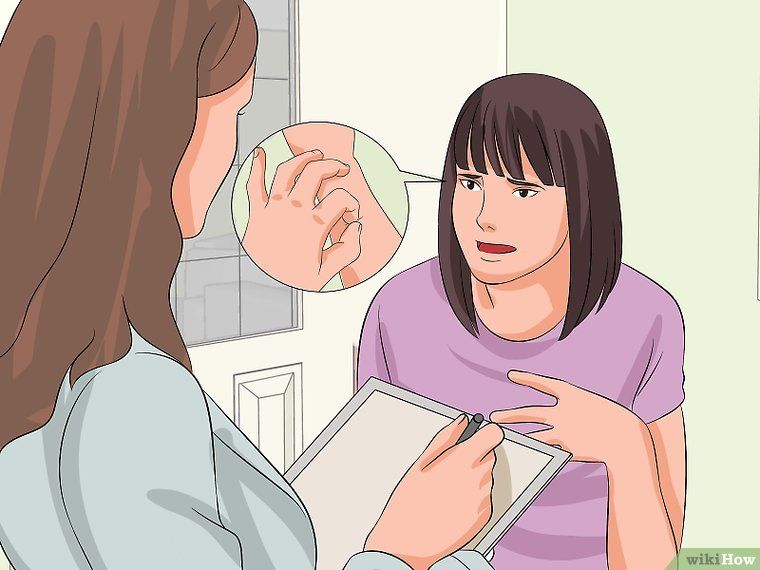 You can wear an elastic bracelet on your wrist and click it, or touch the slime or a piece of fur with your hands. To keep your child's attention, try to distract him, for example, help you in the kitchen or play with plasticine.
You can wear an elastic bracelet on your wrist and click it, or touch the slime or a piece of fur with your hands. To keep your child's attention, try to distract him, for example, help you in the kitchen or play with plasticine.
- Encourage and praise self-control. For example, let your daughter paint her nails with your polish when they are long enough, or give out stickers or small prizes for success.
— Be consistent in encouraging good behavior. It is important to notice manifestations of good behavior - and more actively and emotionally than bad or undesirable ones. A new positive habit must be firmly established before the old one disappears. It is important that the child has the motivation to stop doing what is unpleasant for others and harms him. Just as bad habits take time to establish, breaking them also takes time, so be patient.
When does a habit require special attention?
In some cases, a habit is the result or cause of a physical or psychological problem.